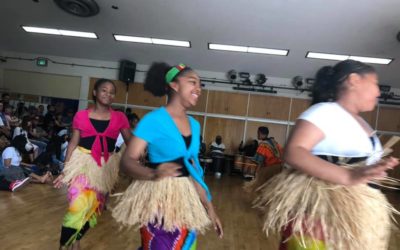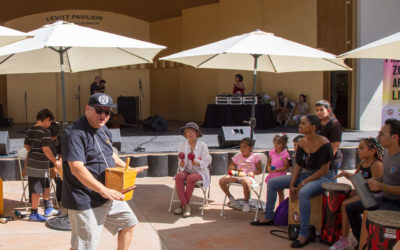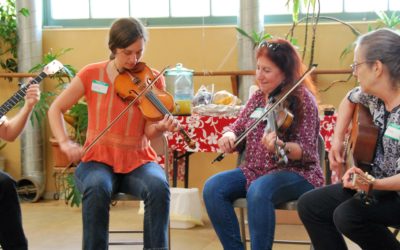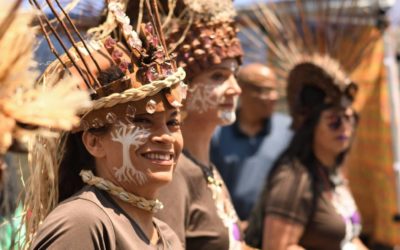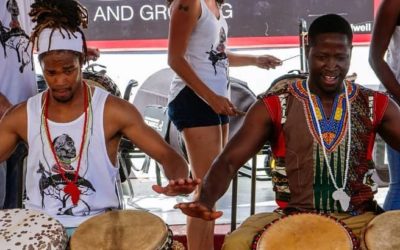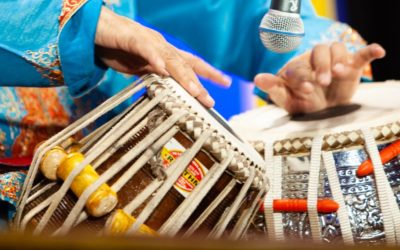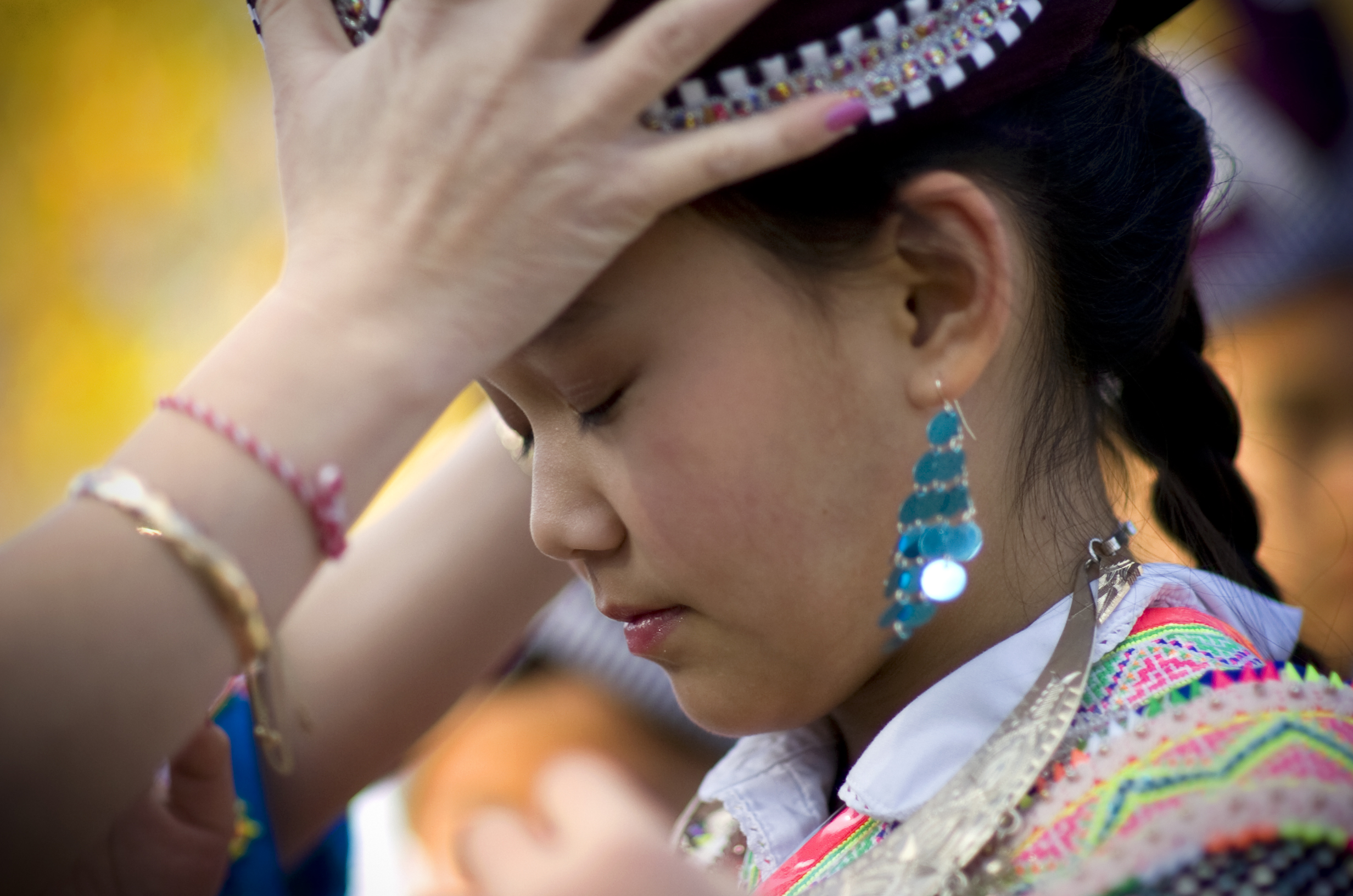Profile
Ocelotecame
Aztec music and dance
West African dance and music
Profile
Hector Zapana
Wind instruments of the Andes (Siku)
Profile
Gino Gamboa
Afro-Peruvian percussion
Profile
Atabak Elyasi
Persian Setar Music
Tunes from the Berkeley Old Time Music Convention for You!
Profile
José “Pepe” Carlos González
Requinto romántico
Profile
SambaFunk!
Brazilian dance and music
Profile
Rhythm Arts Alliance
West African drumming
Indian classical music

